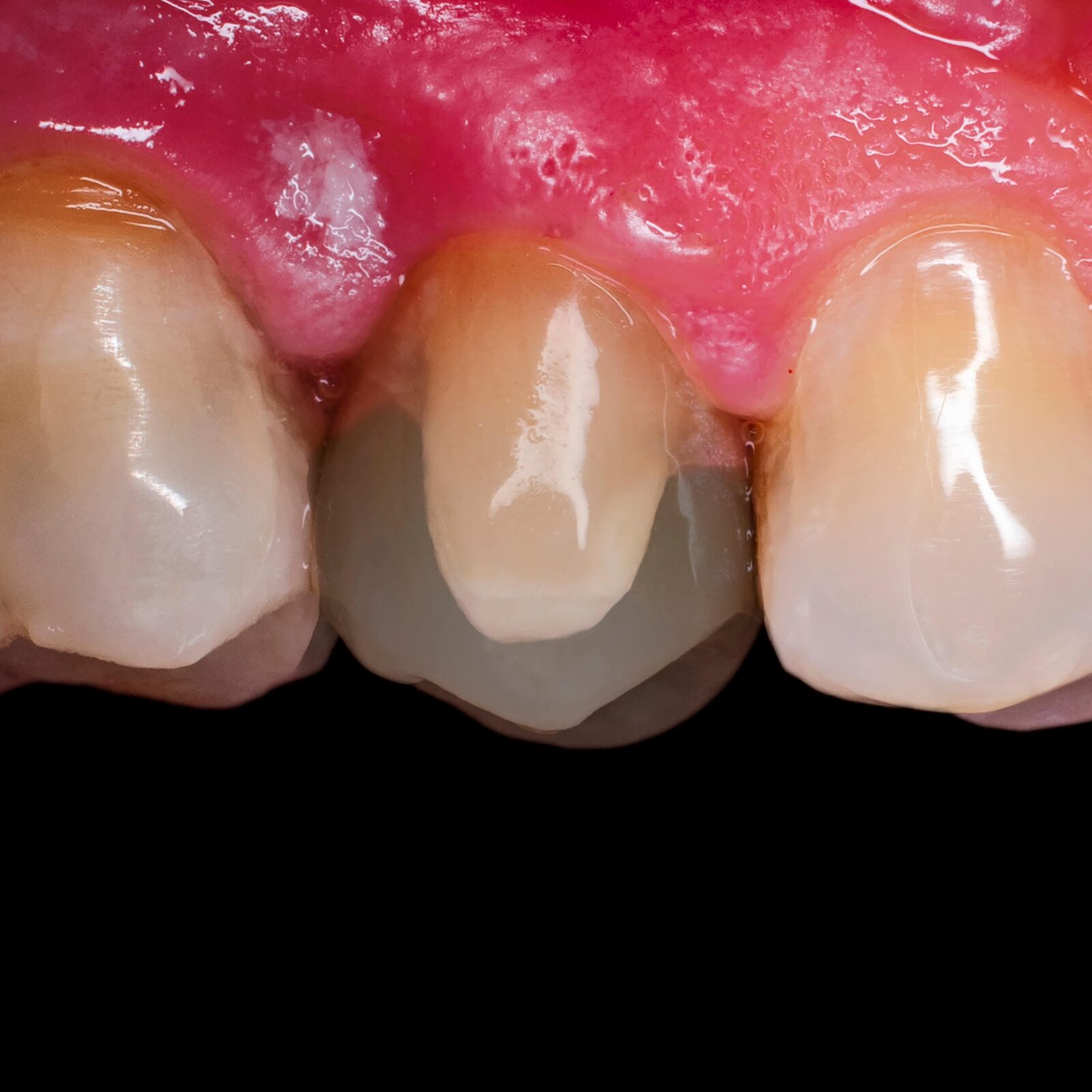Temporary dental restorations are an important part of modern dentistry. They play a number of roles in preserving oral health and achieving the best possible aesthetic results. Yet, many people are unfamiliar with what they are or what they do. In this blog post, we will discuss what temporary restorations are, why they are such an important part of dental care, and how to care for them. Stay tuned for more!
What are temporary restorations?
Temporary dental restorations are just that: temporary. They are not meant to be a permanent solution, but rather a stop-gap measure until a more permanent restoration can be placed. When having an indirect restoration placed, however, temporary restorations are a necessary step.
Indirect restorations are made in a dental laboratory and require at least two visits to your dentist. Crowns, bridges, inlays, onlays, and veneers are all examples of indirect restorations. The first appointment is when the tooth is prepared for the restoration and an impression is taken. This impression will be sent to the lab where your restoration will be made. In the meantime, a temporary restoration will be placed.
The second appointment is when the permanent restoration is placed. The temporary restoration will be removed and the new one will be checked for fit, function, and aesthetics before being cemented into place. Temporary restorations are made of a variety of materials, including acrylics, composites, and metals. They are typically less expensive than their permanent counterparts and are not meant to last as long.
Why are temporary restorations important?
Despite the fact that temporary restorations are not worn for an extended period of time and are eventually replaced with a better, permanent restoration, they still serve an important purpose. Temporary restorations are important because they:
Reserve Space

After a tooth is prepared for an indirect restoration, there is often less tooth structure remaining. This can cause the surrounding teeth to shift out of place into the newly available space. A temporary restoration helps to preserve the space and prevent unwanted movement. This is important because it guarantees that the permanent restoration will fit seamlessly into the space.
Provide Protection
When a tooth is prepared for an indirect restoration, the tooth enamel is often removed or altered. This leaves the underlying dentin exposed, which can make the tooth more sensitive to temperature changes and increases the risk of cavities. A temporary restoration helps to protect the tooth and keep it from becoming further damaged. Temporary restorations also prevent pulp infections from forming inside the tooth.
Allow for Proper Eating and Speaking
Temporary restorations help to restore the function of your teeth. After having a tooth prepared for an indirect restoration, it can be difficult to eat and speak properly. This is because there is often less tooth structure remaining, which can make biting and chewing difficult. A temporary restoration helps to restore the function of your teeth so that you can eat and speak normally.
Maintain the Gum Line
Not only does a temporary restoration preserve the necessary amount of space for the permanent restoration, but it also preserves the contour of the gums. This is important because it ensures that the gums will fit over the base of the restoration, which maintains a natural appearance and prevents gum pockets from forming.
Provide a Preview
When having an indirect restoration placed, it is important to have a good idea of what the final product will look like. This is because the permanent restoration will be made based on the shape and size of the temporary restoration. Temporary restorations provide a preview of what the final product will look like so that you can make sure you are happy with the results before the permanent restoration is placed.
Caring for Your Temporary Restoration
Although temporary restorations are not meant to last a long time, it is still important to take care of them. This is because they help to protect your tooth and prevent further damage from occurring. When caring for your temporary restoration, be sure to:
- Brush twice a day with fluoride toothpaste
- Floss daily
- Avoid hard and sticky foods
- Avoid chewing on the same side as your temporary restoration
- Wear a mouth guard if you play sports or grind your teeth
- Do not use temporary cement to fix the restoration
- Do not adjust the restoration yourself
- See your dentist if you experience pain or discomfort
In Conclusion
In this blog post, we have discussed temporary dental restorations. Temporary dental restorations are an important part of dentistry. We have explained what they are and why they are important. We have also provided some tips on how to care for your temporary restoration. If you have any questions or concerns, be sure to speak with your dentist.
